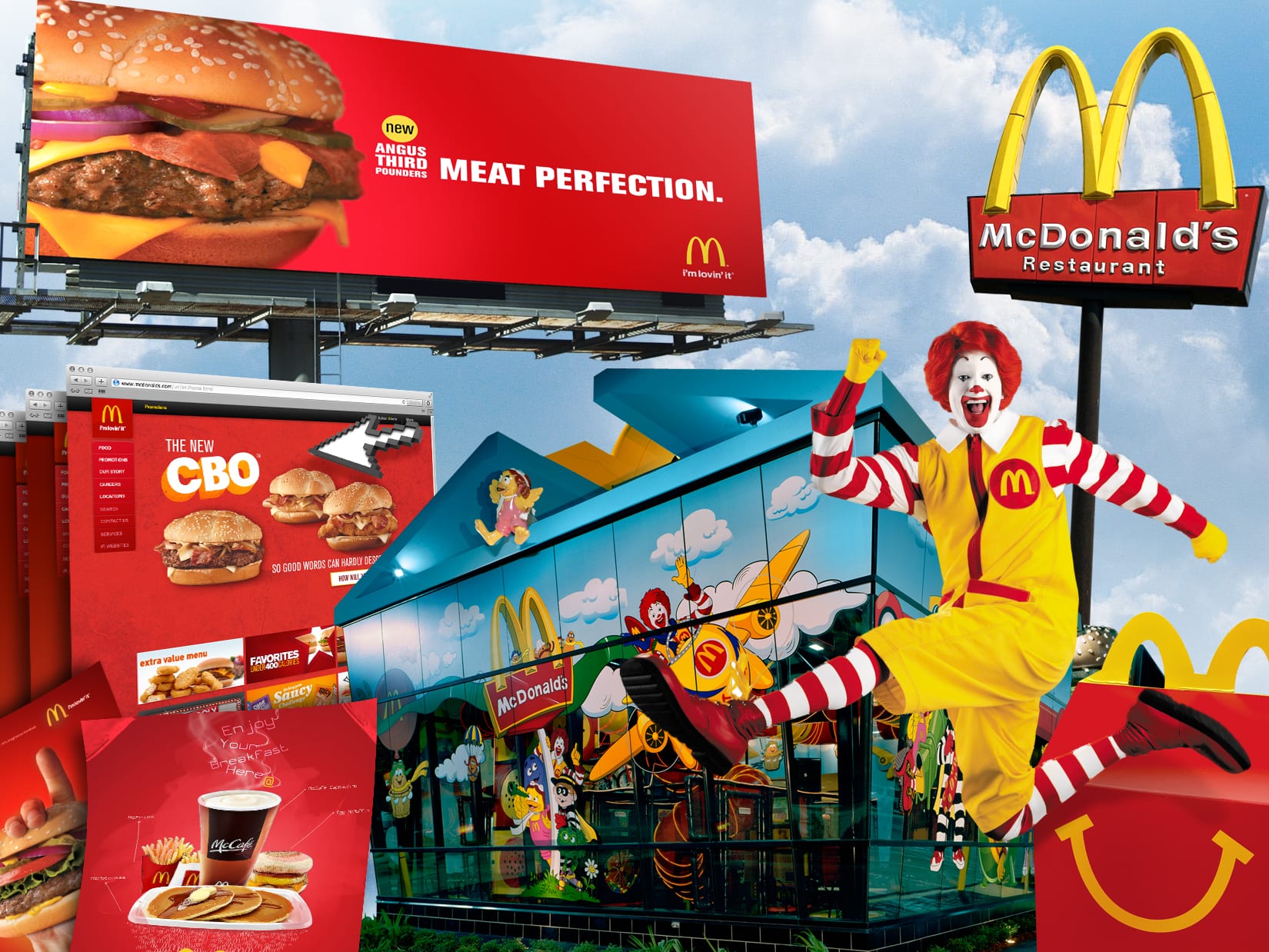Previously in our Psychology of Purchasing series, we covered psychological factors that can affect consumer purchasing decisions. In this article, we highlight cultural and social factors that impact consumer buying decisions. By identifying and understanding the various components that influence today’s consumers, companies are better positioned to develop crucial strategies, brand messaging, and targeted campaigns that align with their ideal audiences.
Cultural Factors that Affect Consumer Buying Decisions
Culture impacts people differently across various regions. The top four cultural factors that influence consumer buying decisions are as follows:
Cultural – Cultural societies teach specific values, preferences, and behaviors to the individuals that belong to them. Brands can appeal to various cultures by delivering the types of products and services that align with their target demographics. For instance, McDonald’s offers diverse products that align with unique cultures—such as the McBaguette in France, the Maharaja Mac in India, and the Teriyaki McBurger in Japan—to nurture alignment with the cultural preferences of these regions. To satisfy consumer demands, brands should take cultural differences into account when innovating new product lines.
Sub-culture refers to groups of people who share similar values based on a common experience or a similar lifestyle. Examples of sub-cultures include religions, nationalities, geographic regions, ethnicities, etc. Companies can appeal to consumers in various sub-cultures by creating products that target them specifically (for instance, beauty brands developing makeup and skincare products with pigments designed for women of color).
Social Classes – Social hierarchy determines the types of products and services consumers are more likely to purchase. For example, a consumer in a lower class is more likely to pay more attention to price and value; whereas a consumer in a higher class is more likely to pay attention to quality, features, or how the product may enhance social status. Companies need to study their target audiences in order to market products and services correctly and further the opportunity for alignment.
Cultural Trends – Also known as the “Bandwagon Effect,” cultural trends occur when people adopt a popular new trend because they want to fit in with society. For instance, as Instagram became the go-to social platform, millions of people around the world adopted the social media app because of its growing popularity. Companies have a responsibility to stay up-to-date with the latest trends in order to create content that is relevant in today’s markets.
Social Factors that Influence Consumer Buying Decisions
Aside from cultural factors, social groups and statuses also influence purchasing decisions. Three social factors that affect consumer buying decisions include:
Reference Groups are entities that an individual may reference back to when making purchasing decisions. These groups can include friends, peers, school, clubs, associations, religious organizations, celebrities, etc.
Family is one of the most influential factors when it comes to consumer buying decisions. Family creates an environment of socialization that an individual is raised and matures in, which has a significant impact on personal development (personality, values, attitudes, beliefs, opinions, etc).
Social Roles and Status pertains to an individual’s position amongst family, friends, peers, and other social groups. For instance, a person will associate their attitudes, activities, and purchasing decisions to their gender, family, profession, etc.
The 5 Steps to the Consumer Buying Decision Process
When a consumer feels motivated to purchase a product, they will go through the consumer buying decision process. During this process, social, cultural, and lifestyle factors influence the consumer buyer decision. There are five stages in the consumer buying decision process that drive consumers to or away from purchasing. These five stages include:
1. Problem Recognition – This is when the consumer realizes they have a need or problem that can be satisfied by a product or service. This recognition can occur when someone realizes they’re in need of essential products, or when environmental, social, or lifestyle factors become issues that need to be resolved.
2. Information Search – The second stage in the consumer buying decision process is when consumers search for a product or service to solve a problem. Consumers rely on informational sources such as personal, commercial, public, and even experimental sources. During this stage, cultural and social factors can influence and sway the decision-making process. For instance, a person may refer to their family, friends, social groups, cultural trends, etc., when performing an information search.
3. Evaluation of Alternatives – In this stage, a consumer narrows down his or her purchasing options and evaluates those options using cognitive thought and executive reasoning. Psychological factors may sway this process. The consumer might assess each of the offerings’ attributes, down to the importance of details dependent on the problem needing to be solved. The consumer may compare different brands, evaluate varying benefits, and/or consider the value vs. cost association. After evaluation, the consumer typically develops different attitudes toward each offering.
4. Purchase Decision – In this stage, the consumer purchases the product or service chosen to solve their problem. This decision happens after evaluation but can also be heavily influenced by the consumer’s lifestyle, social engagements, cultural traditions/customs, and personal intrinsic/extrinsic belief structures.
5. Post-Purchase Evaluation – After purchasing a product, the consumer may take action based on satisfaction or dissatisfaction. Cognitive dissonance can occur when the consumer wonders whether or not they made the right purchase decision. Dissatisfaction occurs when the product or service doesn’t meet expectations or solve the consumer’s problem. For the consumer to be satisfied, the purchase must meet or exceed expectations.
At this stage of the customer experience, a heightened sense of fulfillment allows consumers to remember brands that provide positive experiences. If the purchase solves the problem, the experience creates a positive emotional brand association that consumers will recall when purchasing products/services in the future, paving the way for brands to garner more sales and brand loyalty.
The Complete Buyer Decision Journey
Overselling or miscommunicating products/services can lead to dissatisfaction, unmet consumer expectations, and wrong impressions. It’s crucial for brands to be authentic about product/service features and benefits throughout the engagement and sales process in order to avoid the negative effects of cognitive dissonance. Companies must ensure that all product and service attributes are accurately and clearly conveyed throughout the sales process to ensure customer satisfaction. This allows the consumer to fully adopt the brand as a credible source and solidify a perceived value that they can expect on their path to purchase.
The purchasing journey shouldn’t end after the transaction of a product/service. After the sale, it’s essential for customer retention that brands to continue nurturing and reconnecting with their consumers throughout their consumer lifecycle; this fosters a higher level of brand awareness, brand loyalty, mind share, and repeat sale
“The retention of your customers lies within the experience you deliver. That experience must nurture and appeal to the HUMAN…
…not the transaction.”
– Ron Netanel, IDealogic® Founder
How We Help Our Clients Succeed
At IDealogic®, we have rigorously studied the psychology behind human behavior and human nature. We know what motivates people to buy and to choose one brand over another. We know how to create alignments of adoption for loyalty, and how to engineer cerebral connections that bond consumers to a brand. We study your target audiences’ lifestyles and behaviors, so we can successfully navigate them through the five stages of the consumer purchasing decision process.
To learn more about how IDealogic® can help, schedule a 30-minute consultation with us today. We look forward to turning those business pain points into gain points for your brand.



